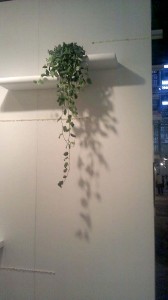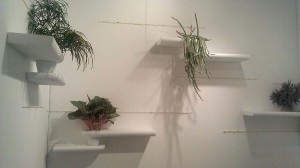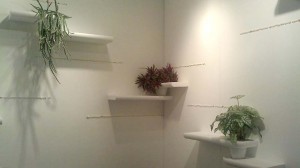Confession time. I have this fixation on Antarctica.
Most people who go to spas and do time in hotels with pool bars don’t understand it. But, as with all other perfectly honorable fetishes, it’s surprising and reassuring the number of people I run into who actually get it.
Sometime in the mid 1990s I was seriously planning a trip there, though it’s a trip that I still haven’t taken. I was trawling around what was then the internet, doing some random research, when I came across some memos from the National Science Foundation concerning houseplants in Antarctica that at the time I found a little bizarre:
In line with requirements of the Antarctic Conservation Act
[Section 4. Prohibited Acts (a) (C)], and its regulations
[Subpart B, Section 670.4 (f)], the Senior U.S. Representative,
Antarctica issued a directive reminding U.S. Antarctic Program
participants of prohibitions against maintenance of household
plants at U.S. Antarctic Program (USAP) stations and facilities.
That directive is attached to this Environmental Action
Memorandum.
To further implement the directive, this Environmental Action
Memorandum details approved methods for disposition of any
household plants (and associated materials) that currently may be
at USAP stations or facilities.
Disposition of Household Plants
Any household plants, associated growth media (e.g., soil), and
associated growth containers currently at any USAP station or
facility shall be turned over immediately to the NSF
Representative (or designee). Such plants and growth media shall
be incinerated in a suitable metal waste collection barrel (non-
plastic growth containers shall be incinerated at the same time).
The resultant ash and debris shall be retrograded from Antarctica
following approved procedures. No plastic growth containers
shall be incinerated (these shall be compacted and placed in a
suitable metal waste collection barrel for subsequent retrograde
from Antarctica). Special handling or approvals may be required
for the retrograde of these soil “contaminated” plastic growth
containers.
Sidney Draggan
Back then I thought it was ridiculous that anyone would be worried about creeping charlies, spiderplants, philodendrons and diffenbachias taking over the pack ice. Even today it does seem to lean a bit towards the overprotectionist direction, but not by much. Caution is always good with fragile ecosystems like Antarctica. Even if the main houseplants wouldn’t become weeds and take over the continent, who knows what damaging viruses and other pathogens could be stowaways in potting soil, pathogens that might threaten the few plants that live there today.
Way back when, Antarctica wasn’t positioned at the South Pole, and it was warm enough to host many plants, including forests of Antarctic beech trees. In this day and age of global warming, who knows how long it’d be before penguins would end up having to roost in fields of someone’s escaped African violets?





